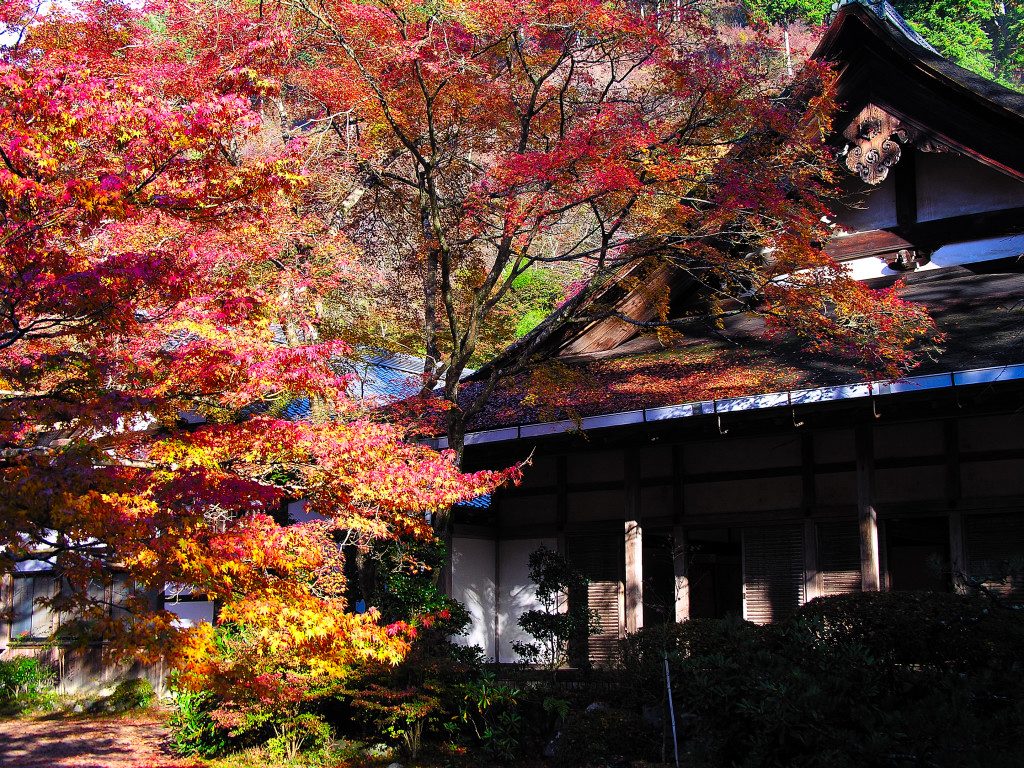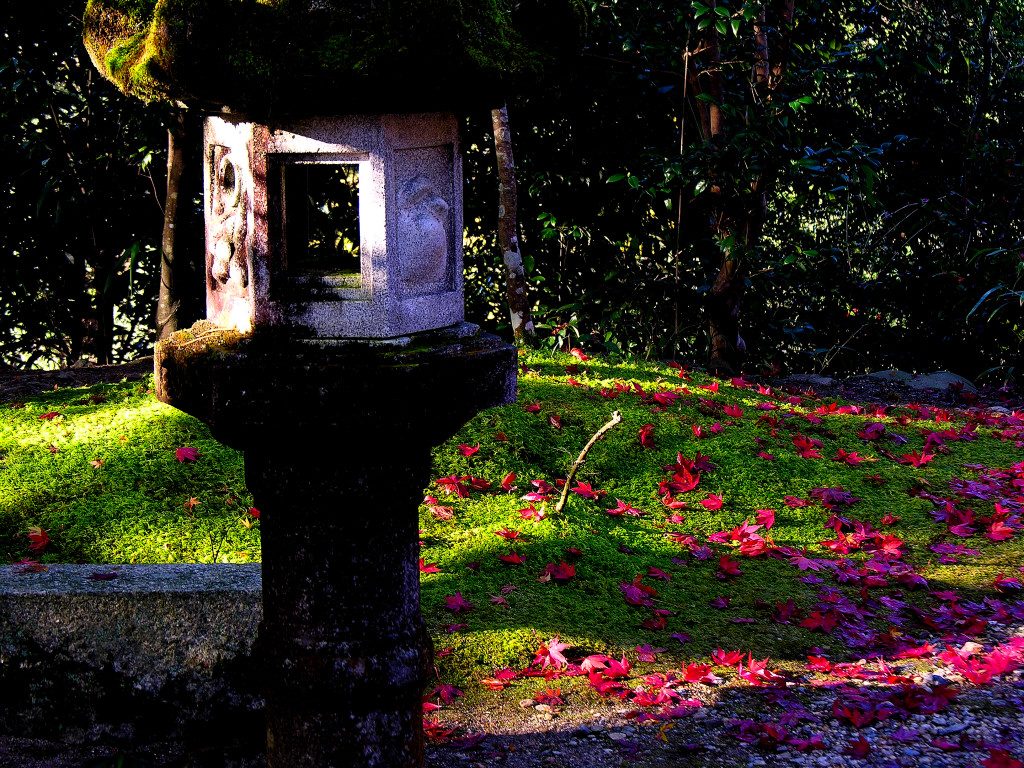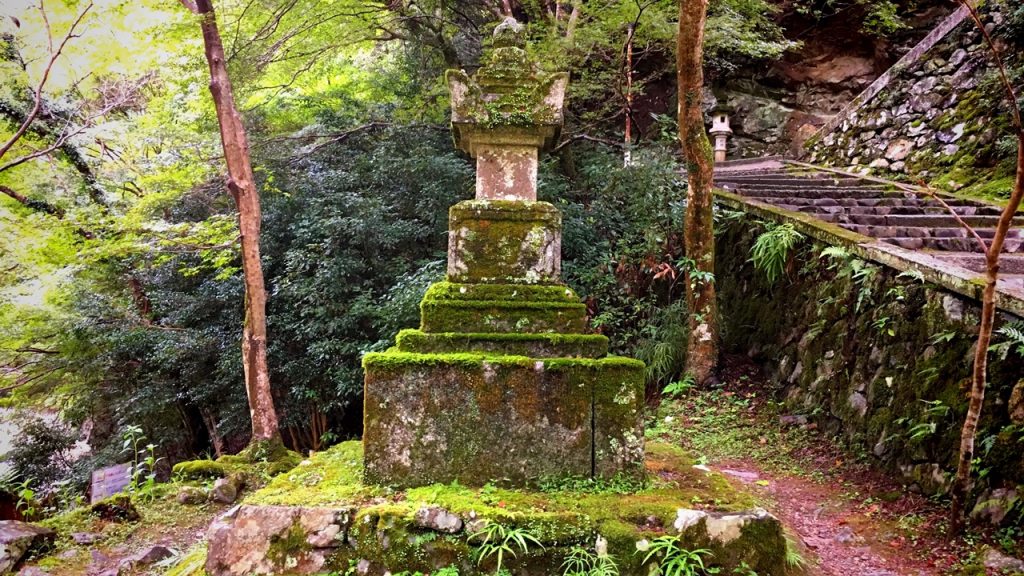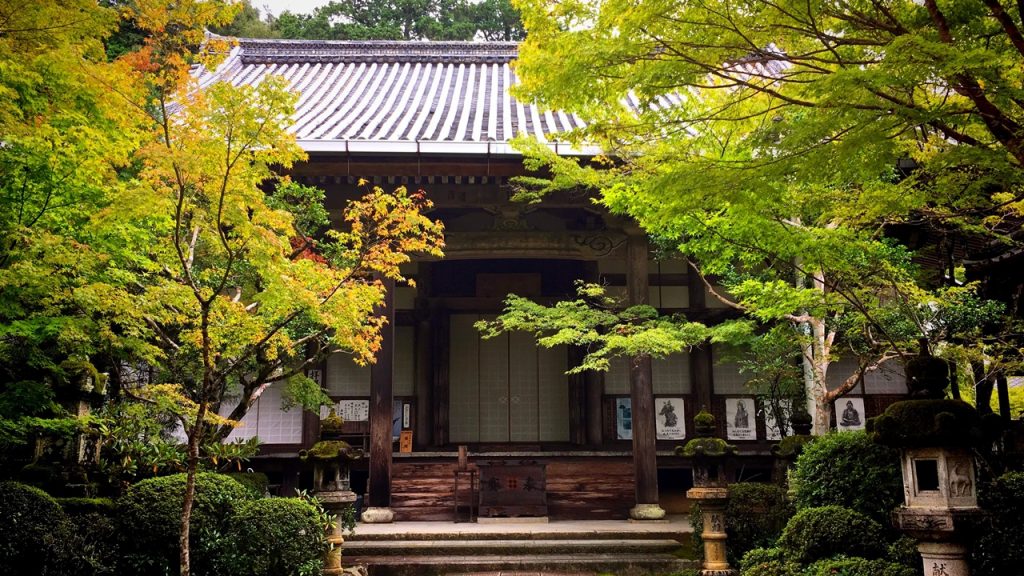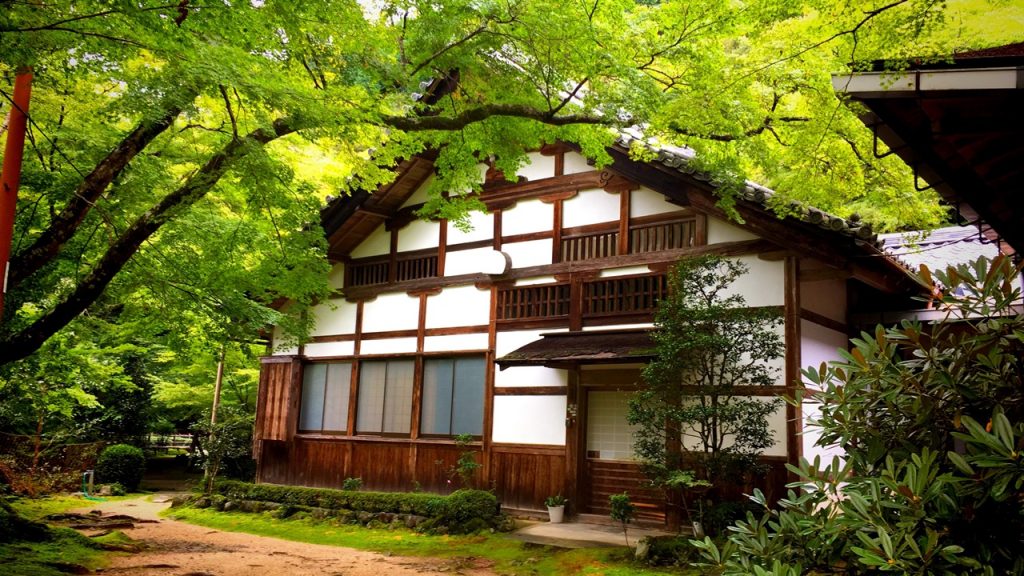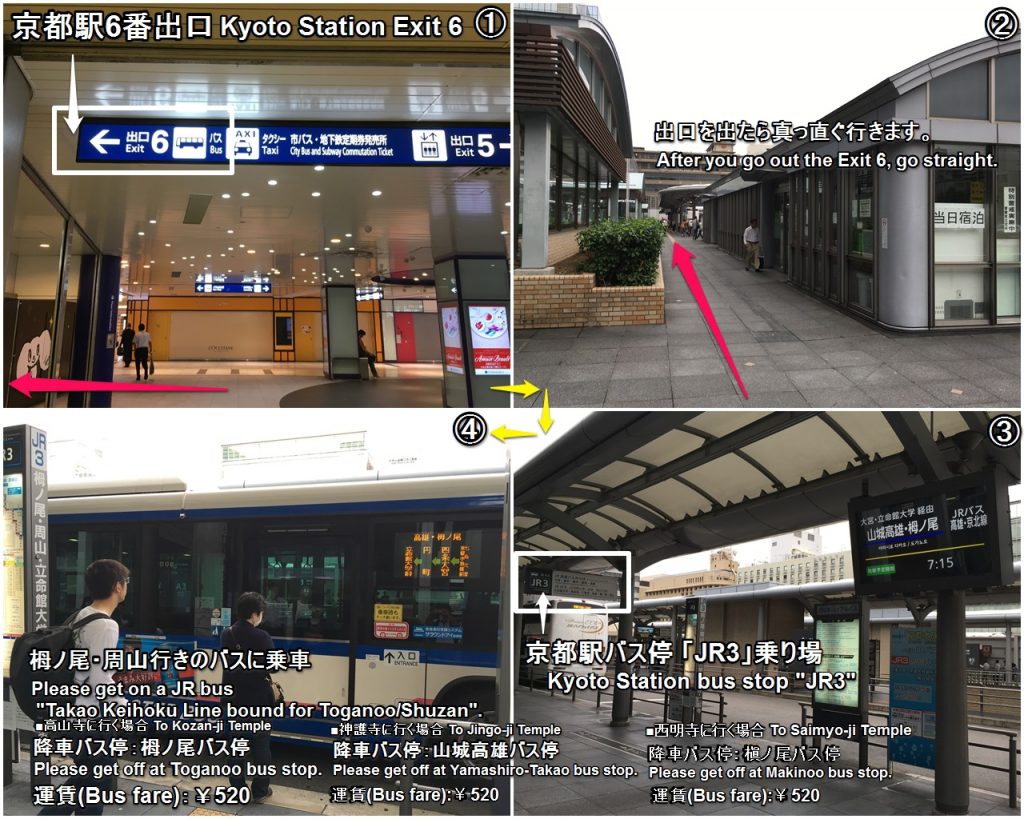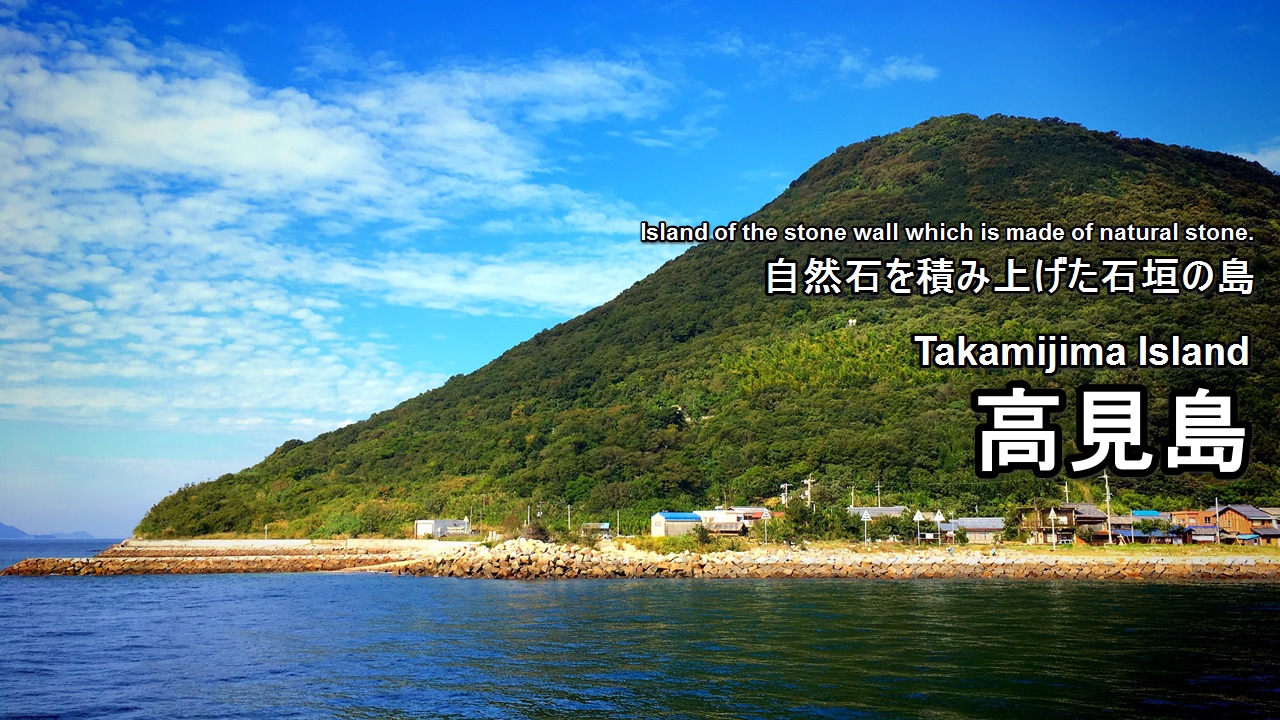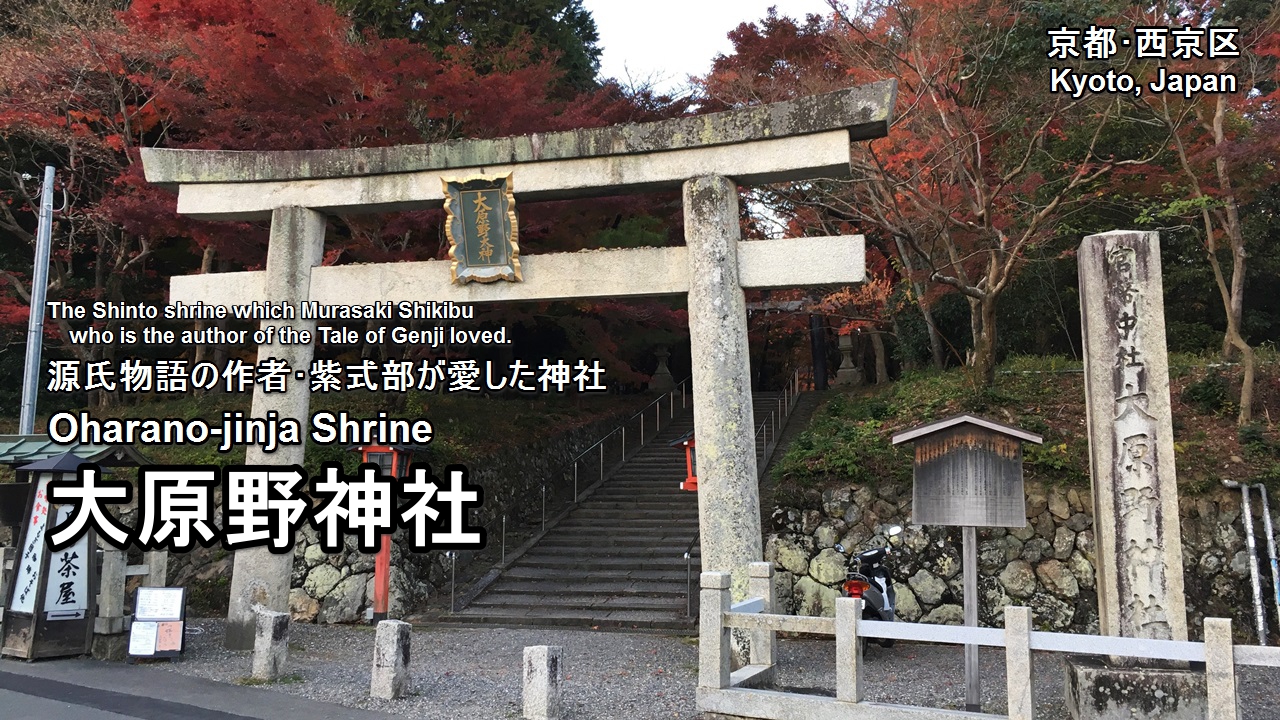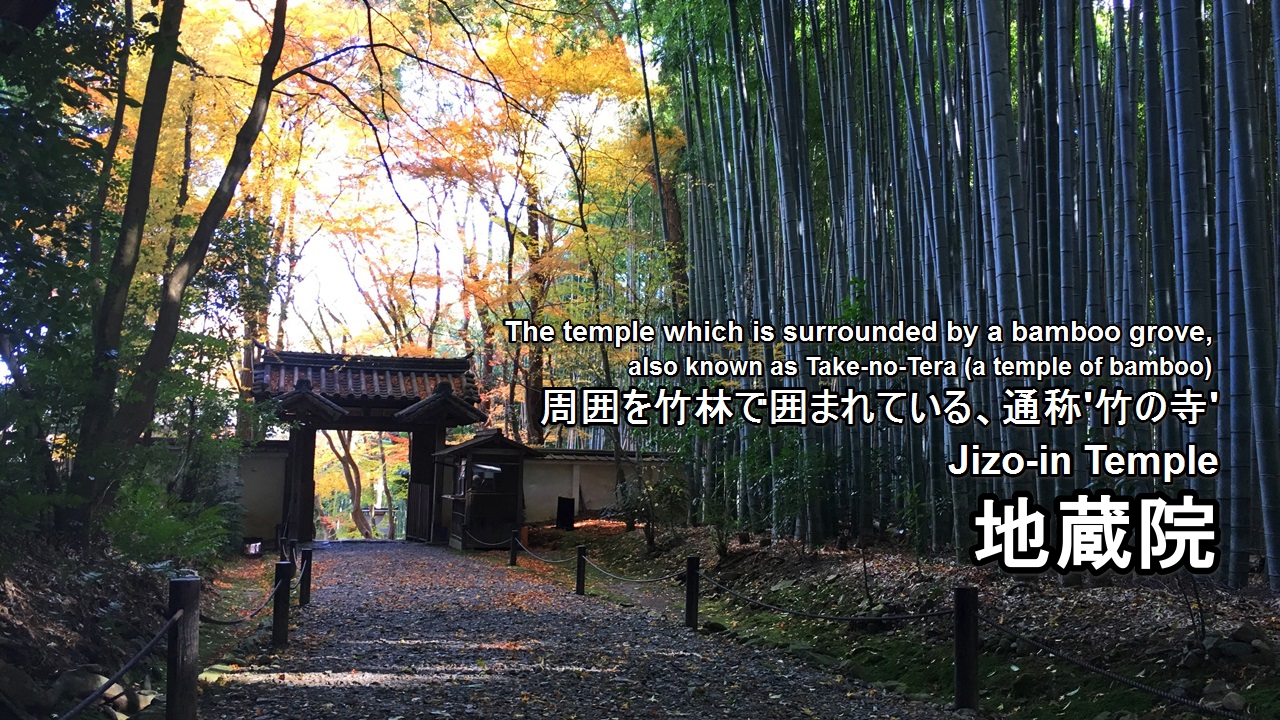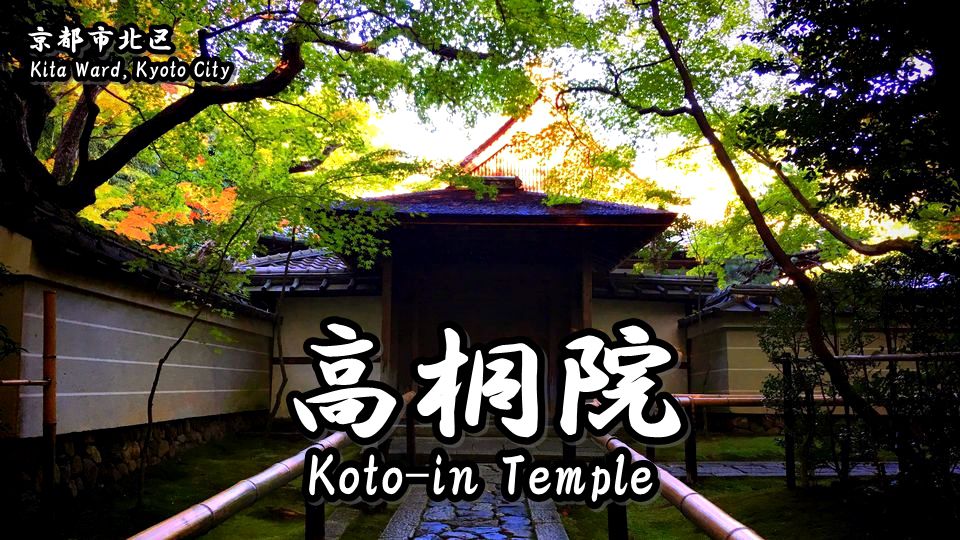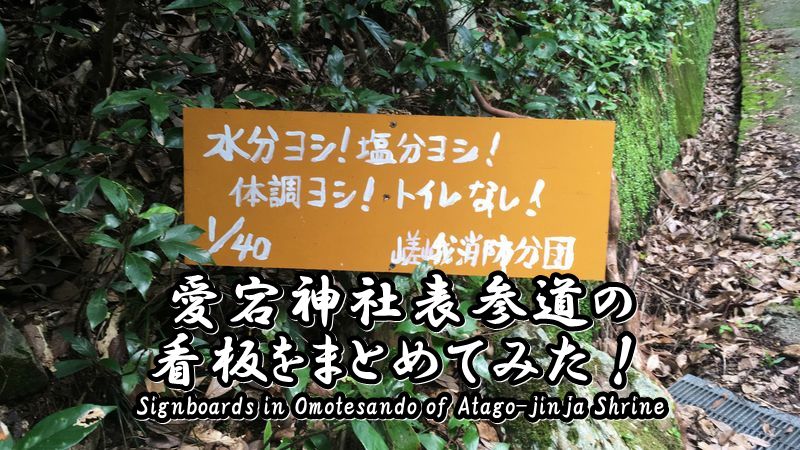Saimyo-ji Temple is a temple belonging to the Daikaku-ji school of the Shingon Sect located in Ukyo Ward, Kyoto City.
According to temple legend, Saimyo-ji Temple was founded between 824 and 834 by Chisen Daitoku, a leading disciple of Kukai (Kobo Daishi), as a branch temple of Jingo-ji Temple.
The temple of the same name is also in Shiga, but these two temples are totally different temples.
(This is a temple of the Shingon sect. That temple, located in Shiga, is the temple of the Tendai sect.)
Along with JIngo-ji Temple and Kozan-ji Temple(World heritage), this temple is one of the “三尾の名刹(Three famous temple in northwest of Kyoto)”.
(”Sanbi(三尾)” is the three ridges called Takao(高雄), Makino-o(槇ノ尾) and Togano-o(栂ノ尾) form the area and are located in the northwest corner of Kyoto.)
In addition, each temples are known as a famous place of colored leaves.
These temples are located within walking distance from each temples.
By all means, everyone please try and go.
・Detail of Kozan-ji Temple
・Detail of Jingo-ji Temple
Contents:
- About Saimyo-ji Temple
- Highlights of Saimyo-ji Temple
- Goshuin of Saimyo-ji Temple
- How to get to Saimyo-ji Temple
1.About Saimyo-ji Temple
Saimyoji Temple was originally built as a detached temple of Jingoji. It is not as big or impressive as Jingoji, but still interesting. The vermilion covered Shigetsukyo Bridge, which leads over a river to the temple entrance, is a particularly well known sight.
引用(citation):http://www.japan-guide.com/e/e3940.html
Open:9:00~17:00
Admission Fee:500 yen(College student or older),400 yen(Junior high school / high school student)
Adress:1, Umegahata Makinocho, Ukyo-ku Kyoto-shi, Kyoto, 616-8291, Japan
連絡先:+81-75-861-1770
The Sango (Mountain Name) of Saimyo-ji Temple is “Makiosan(槇尾山)”.
In 1290, the Imperial scroll of ‘平等心王院(Byodoshinnoin)‘ was granted it as an Imperial gift from Emperor Gouda.
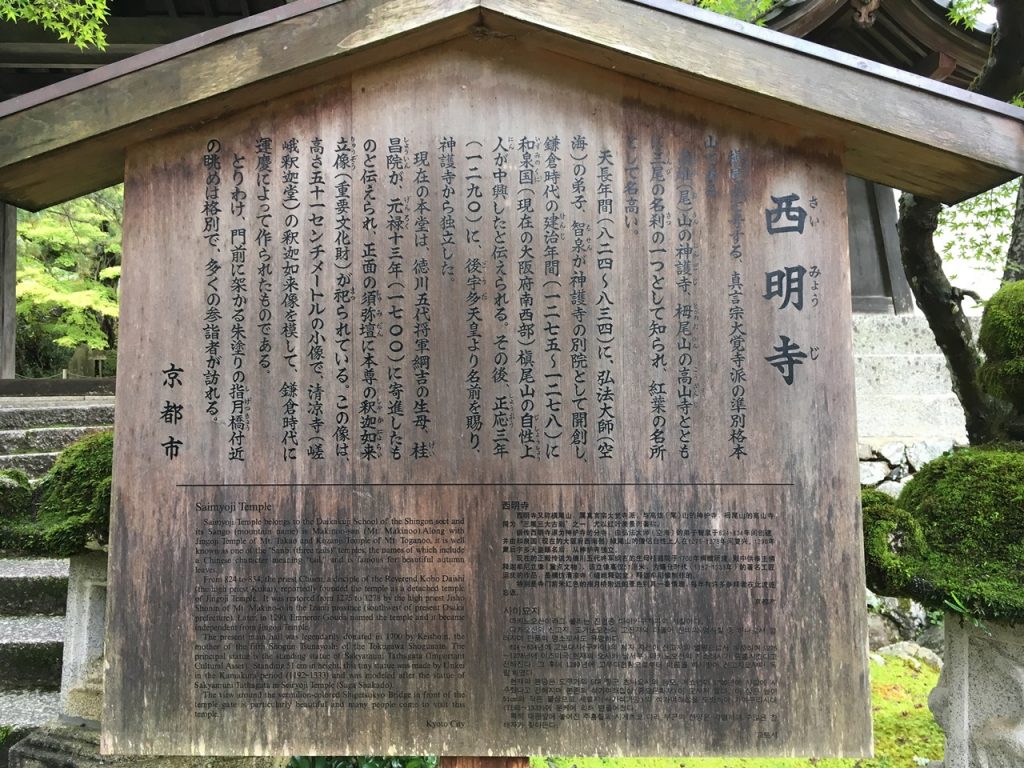
2.Highlights of Saimyo-ji Temple
After all the recommended season of this temple is “autumn“.
Saimyo-ji Temple is a very small temple. However, it is the famous place of colored leaves of Kyoto
Makino-o(槇ノ尾) is noted as one of the best places in Takao(高雄) and its vicinities to appreciate tinted maple trees.
The best time to see the colored leaves of this temple is from the middle of November to the end of November.
引用(citation):http://yaccyann.sakura.ne.jp/saimyoji/
This is the 指月橋(Shigetsu-kyo bridge) that leads to Saimyo-ji.
A word which is able to read as “槙尾山聖天堂(Makinosan Seitendo)” is engraved into a monument.
The 聖天堂(Seiten-do Hall) is a building to enshrine “歓喜天(Kangiten)” who is the God of the couple harmony in the precincts of this temple.
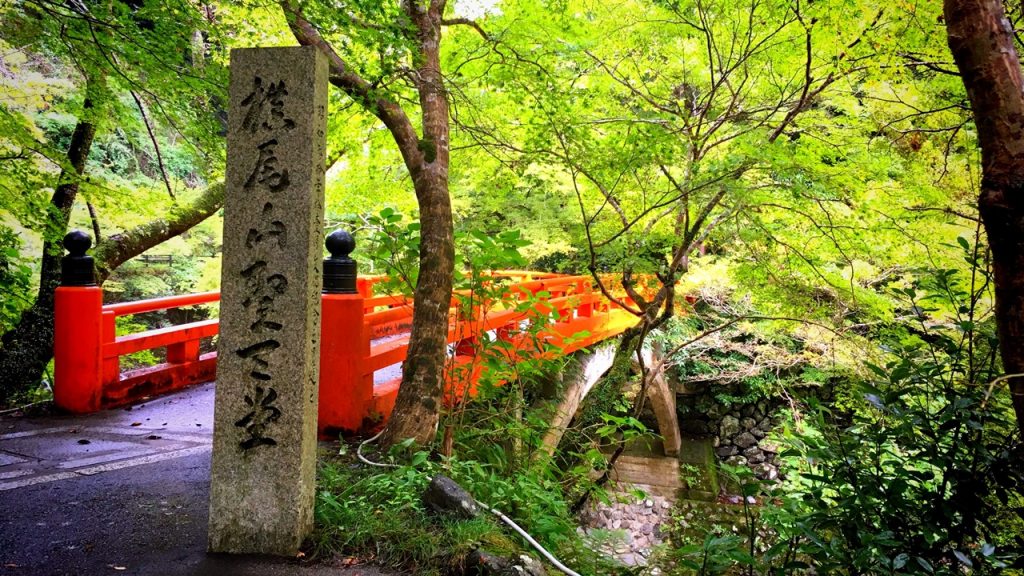
The approach to a temple is upbound stairs.
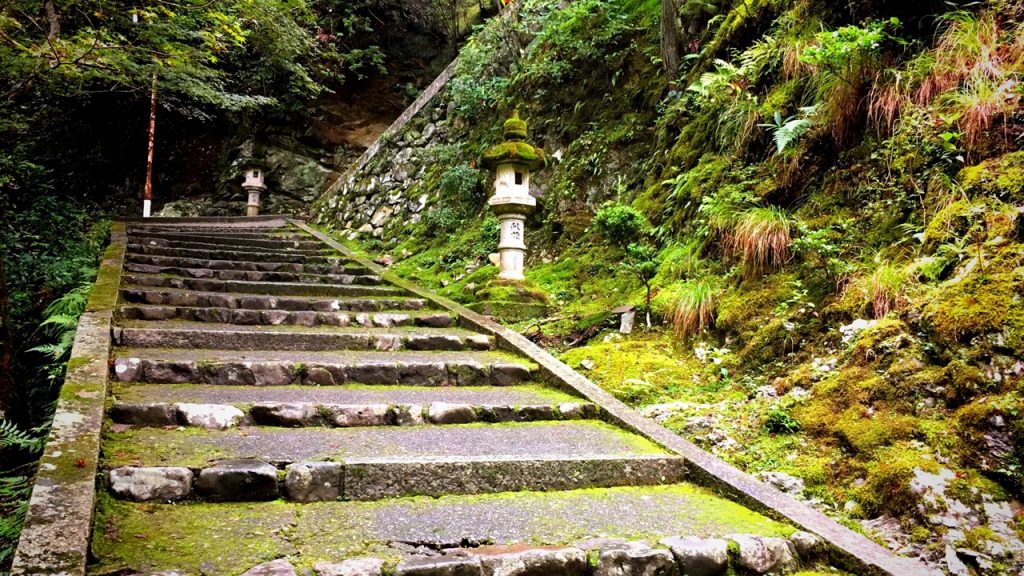
A word which is able to read as “大界外相(Daikaigeso)” is engraved into a monument.
“大界外相(Daikaigeso)” is a boundary line of the sanctuary and this world.
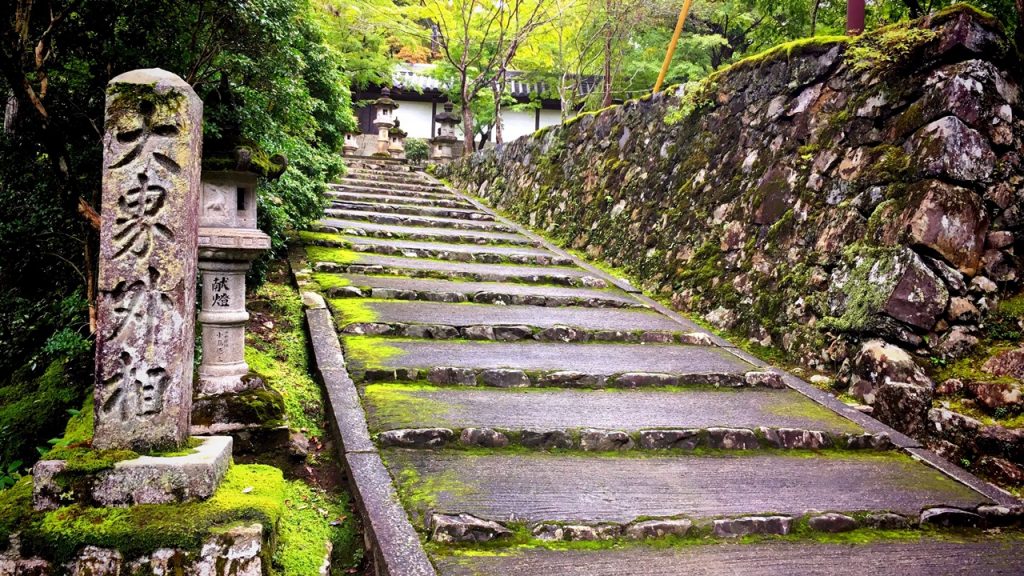
In front of its main gate, a lot of stone lanterns are set in a row.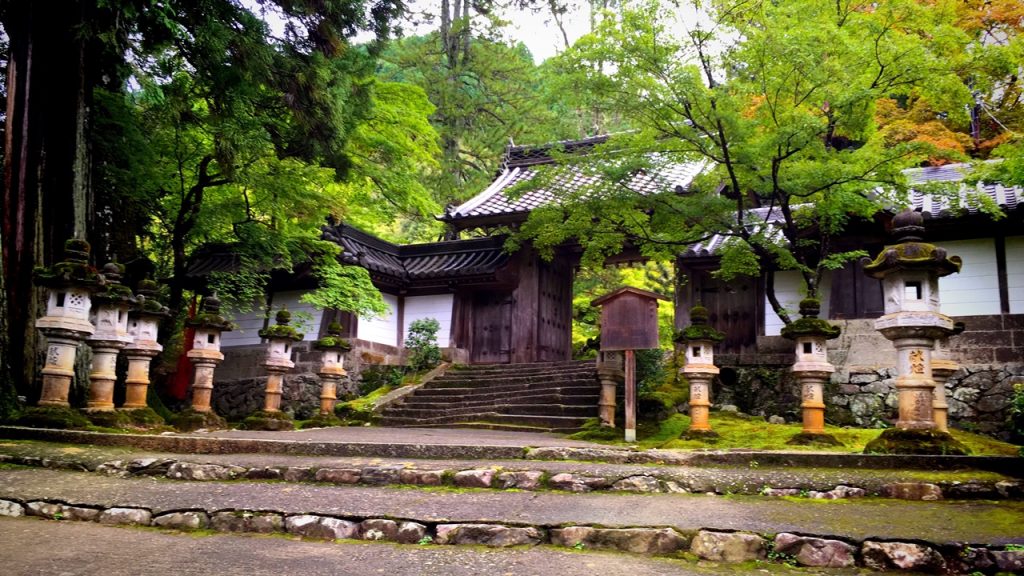
The 表門(front gate) is a tangible folk cultural property of Kyoto Prefecture which was built in 1700.

This is the five-storied stone towers which was built beside a front gate.
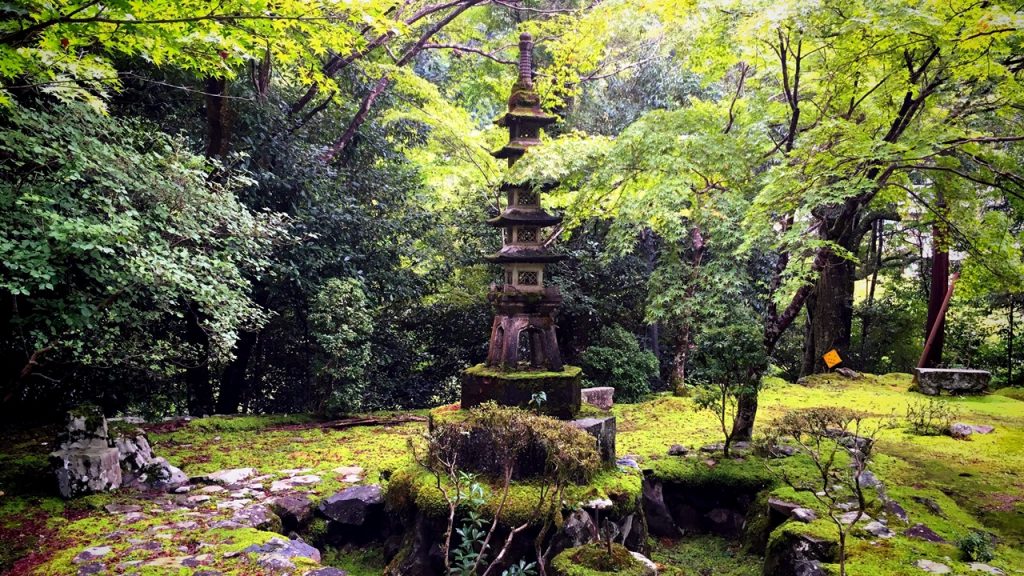
Let’s enter the precincts of the temple. d(*゚ー゚*)
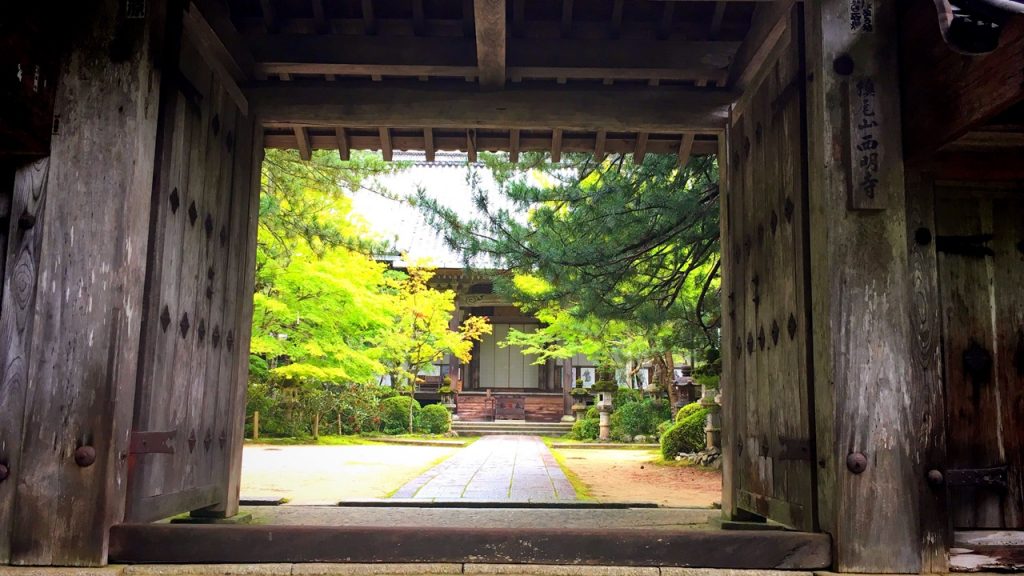
The building in the right side is the 聖天堂(Seiten-do Hall).

The 聖天堂(Seiten-do Hall) is a building to enshrine “歓喜天(Kangiten)” who is the God of the couple harmony in the precincts of this temple.
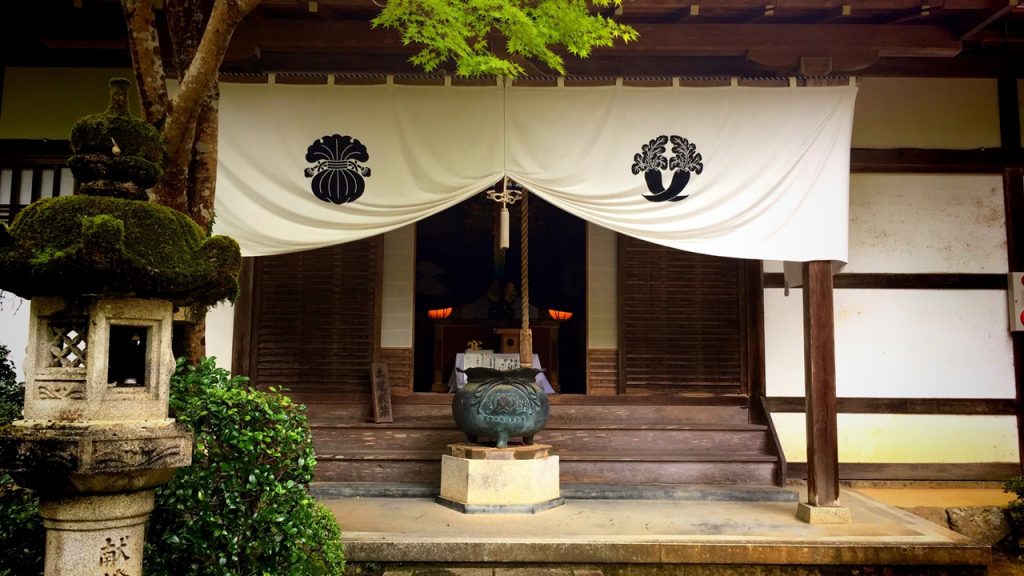
This is “高野槙(sciadopitys verticillata)” of the sacred tree.
Because this tree is over 700 years old, it is said to be the Japanese oldest sciadopitys verticillata.
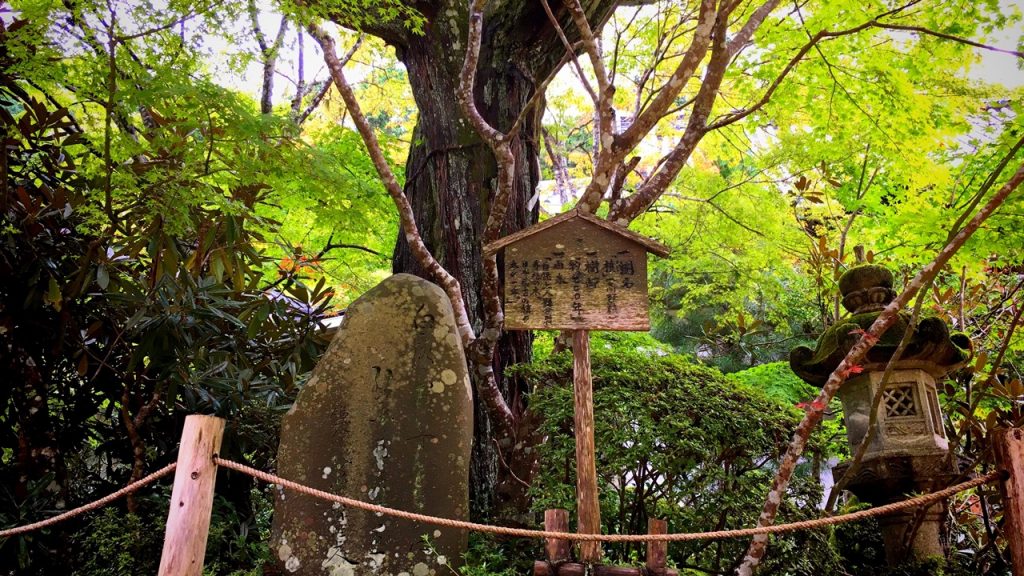
This is a bell tower. We can sound this bell for 100 yen.
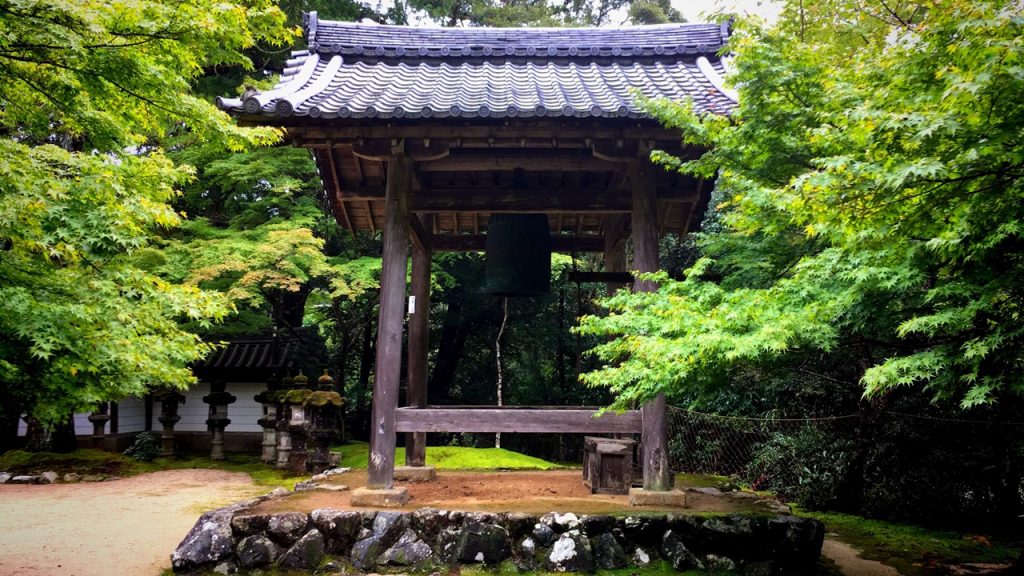
The 本堂(Hondo) housing the sanctuary was rebuilt in 1700 by 桂昌院(Keishoin) who is the mother of the 5th Tokugawa shogun 徳川綱吉(Tokugawa Tsunayoshi).
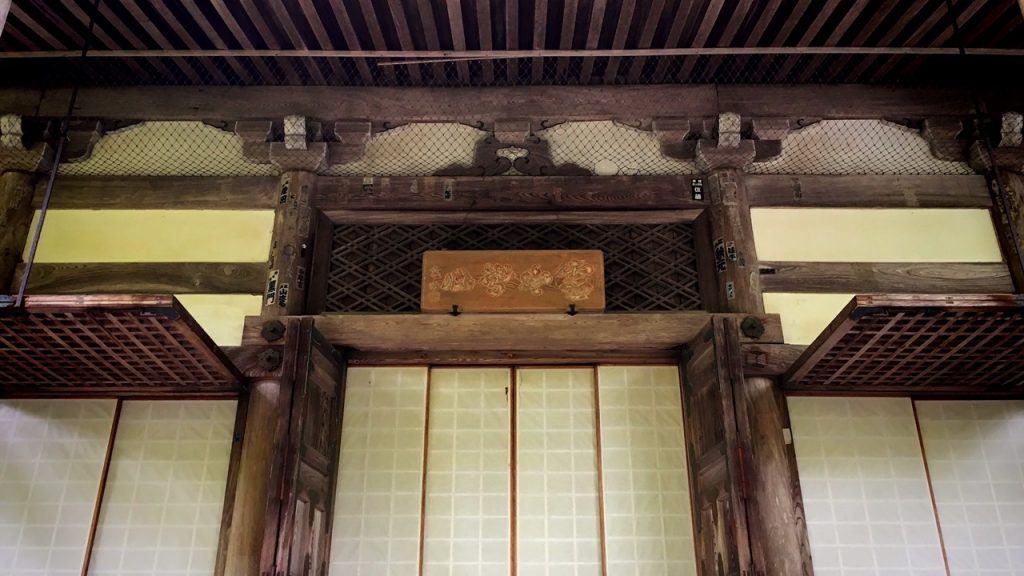
An admission fee is 500 yen (adult).
Photography and video recording are prohibited in the 本堂(Hondo).
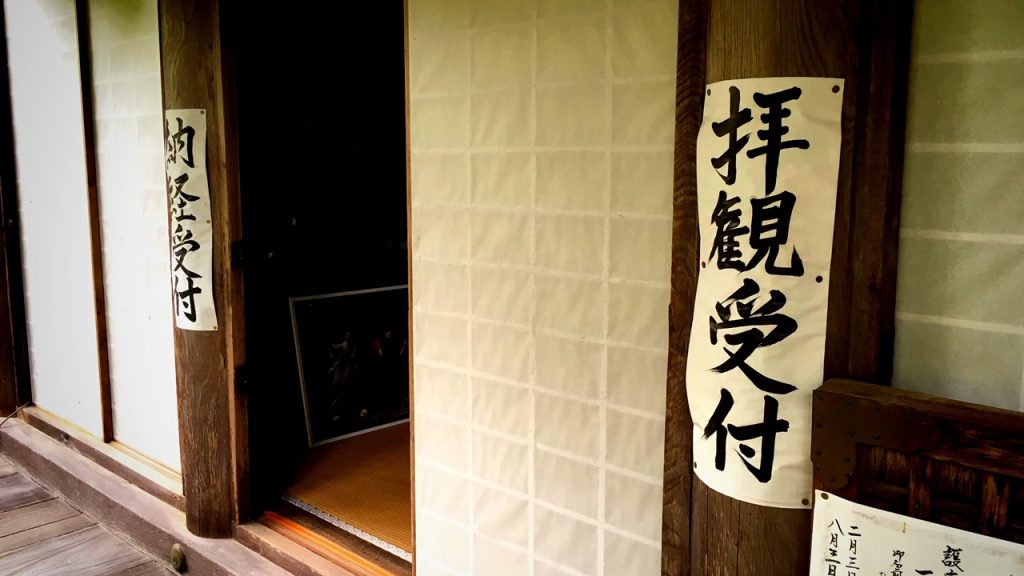
When the entrance of the main hall is closed, we have to go to the shrine office and need to ask to get open.
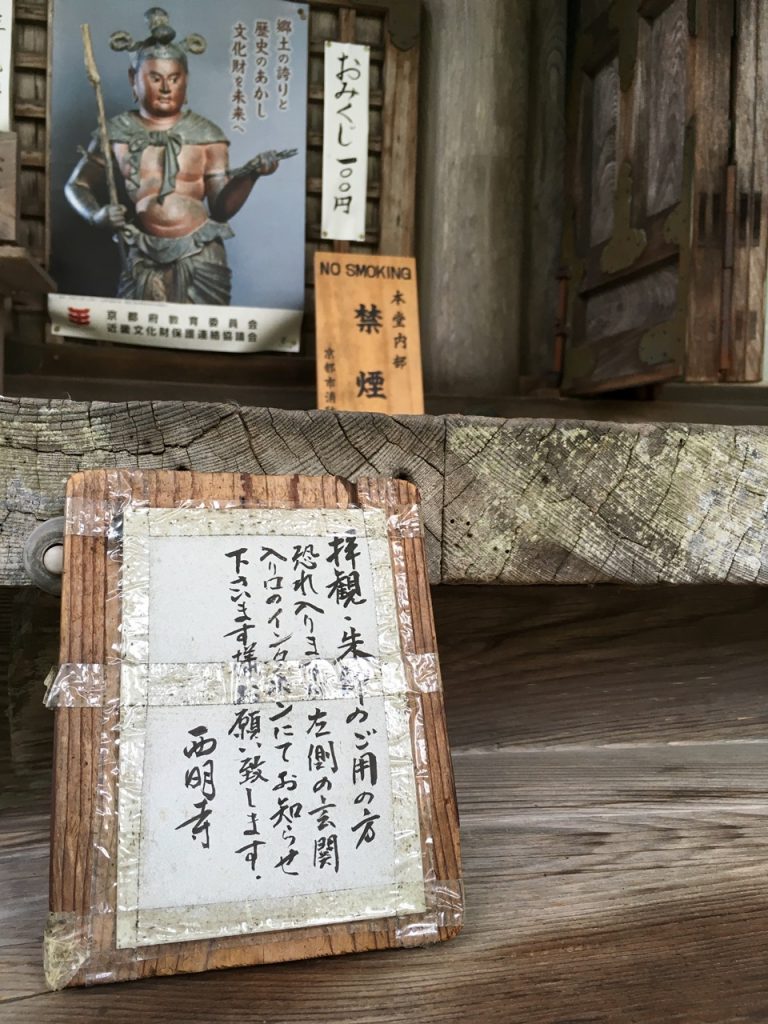
This is the 客殿(Kyakuden:reception hall) which was built beside the main hall.
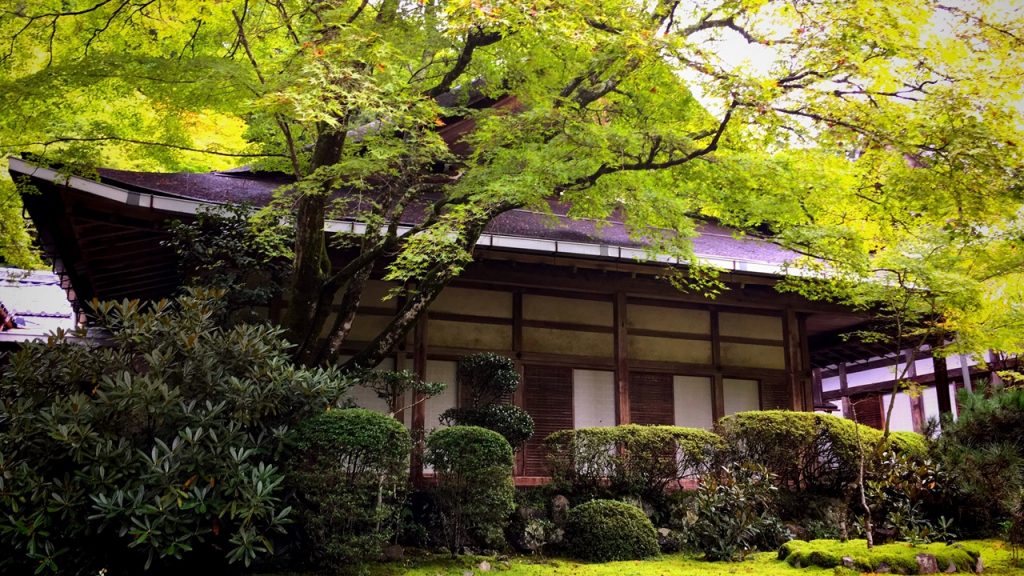
This is the corridor connecting the main hall and another building.
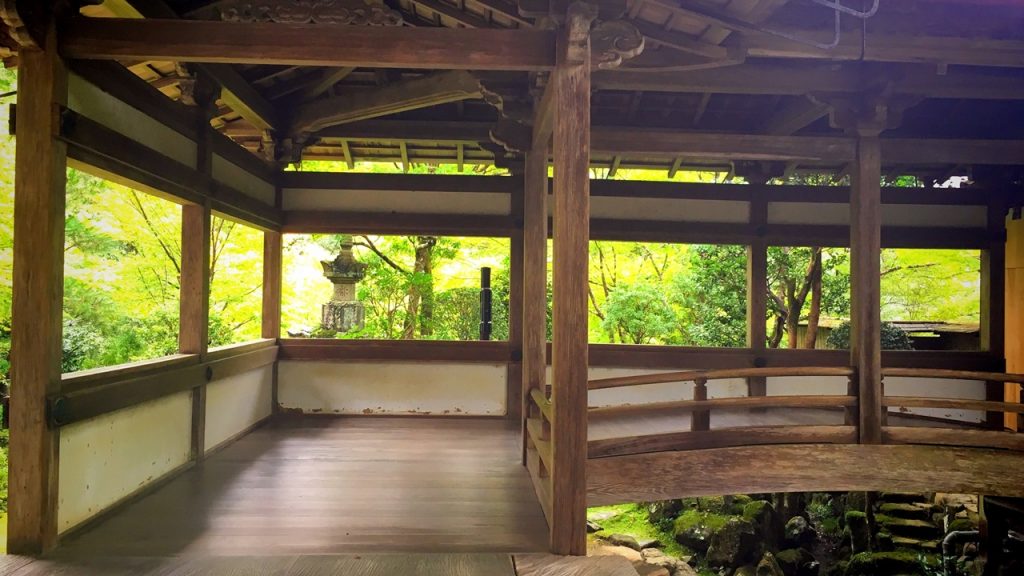
There is also a stone tower in the garden of the main hall.
The Sanskrit characters that is able to read as “Baku” are engraved into this tower.
The Sanskrit characters called “Baku” are characters pointing to 釈迦如来(Shaka Nyorai) that is the principal idol of this temple.

This is the 本堂(Hondo) to see from a corridor.
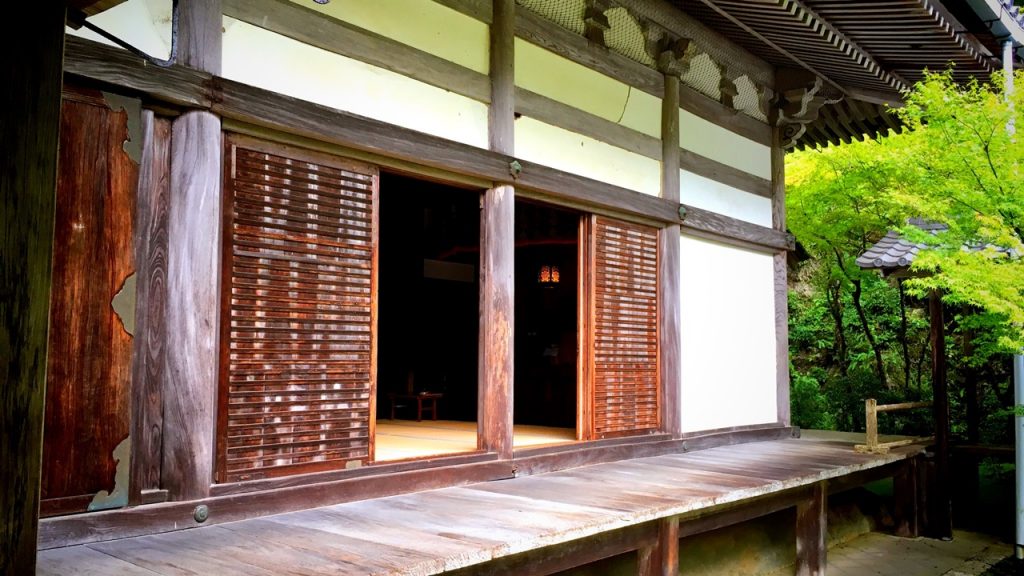
This is the garden to see from inside of the 本堂(Hondo).
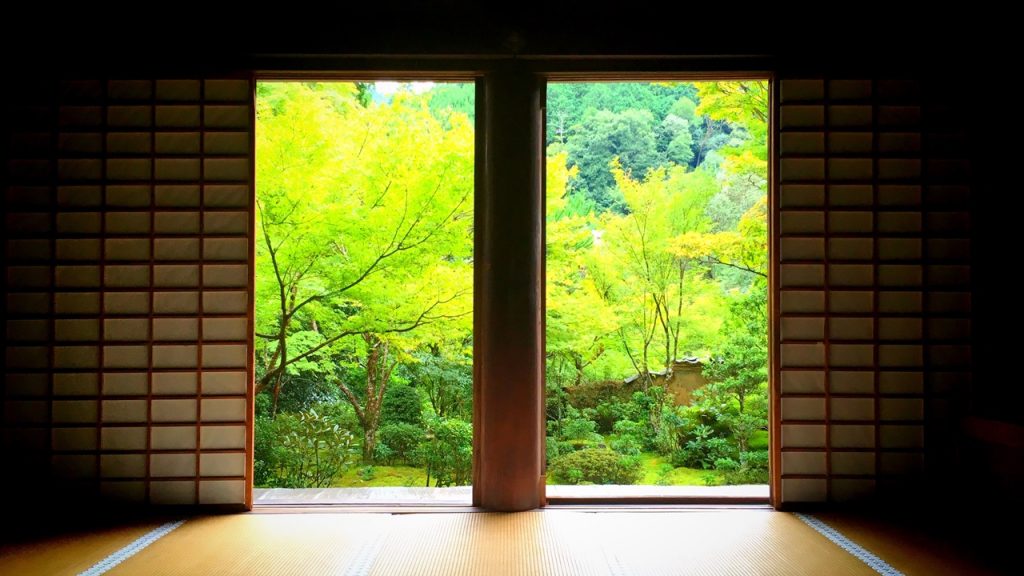
I visited this temple in the middle of September.
This time is a little bit early in the season of colored leaves…(*´・ェ・`*)

3.Goshuin of Saimyo-ji Temple
The word which can read as “釈迦如来(Shaka Nyorai)” is written to goshuin with a sumi. “釈迦如来(Shaka Nyorai)” is a principal idol of this temple.
The Sanskrit characters that is able to read as “Baku” are written on the first word of this sentence.
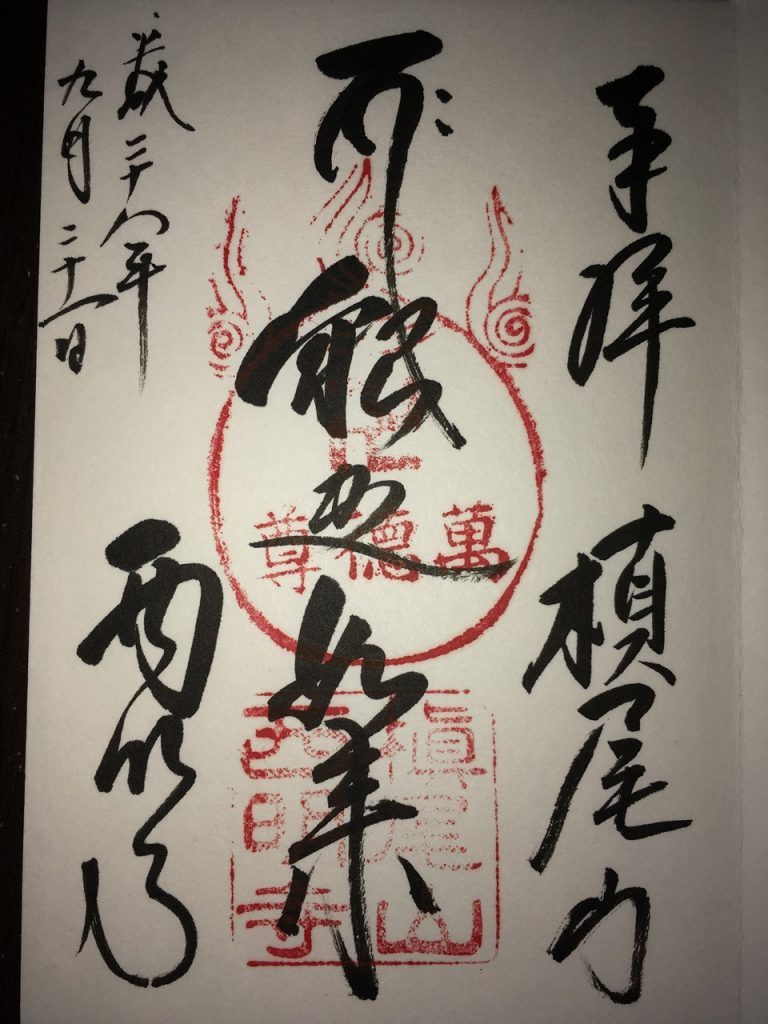
4.How to get to Saimyo-ji Temple
There is no station of the train in the neighborhood of Jingo-ji Temple.
Thus, we need to use the bus or the taxi to get to Jingo-ji Temple.
The simplest way get on JR bus from “Kyoto Station”.
The nearest bus stop is Makinoo bus stop.
■Transfer guidance (train)
Timetable and Route Search(train)
■Transfer guidance (bus)
Timetable and Route Search(bus)
■Route Example (From Osaka Sta. to Kyoto Sta. by train)

■Route Example (From Namba Sta. to Kyoto Sta. by tain)
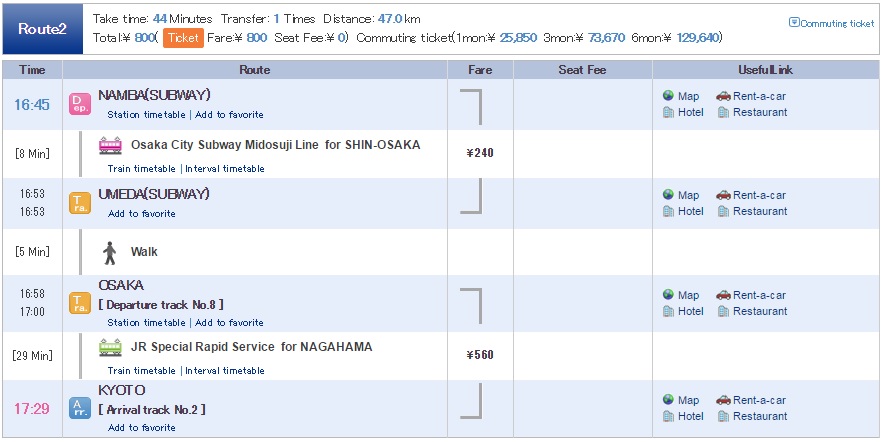
■Route Example (From Kyoto Sta. to Saimyo-ji Temple by JR-Bus)

[Go]
Kyoto Station bus terminal, “Bus Stop:JR3”, JR-Bus “Takao Keihoku line” bound for Toganoo/Shuzan
From “Kyoto Station”→To “Makinoo bus stop” Fare:520 yen
[Return]
Makinoo bus stop, JR-Bus “Takao Keihoku line” bound for Kyoto Sta.
From “Makinoo bus stop”→To “Kyoto Station” Fare:520 yen
■Makinoo bus stop→Saimyo-ji Temple

How did you like it?
Please try to go.
Have a nice trip! XD
<Let’s search the sightseeing information of Kansai in Japan on ‘Japan’s Travel Manual‘!!>
<This site introduces the easiest way to get Japanese (Kansai) sightseeing spots to you.>




